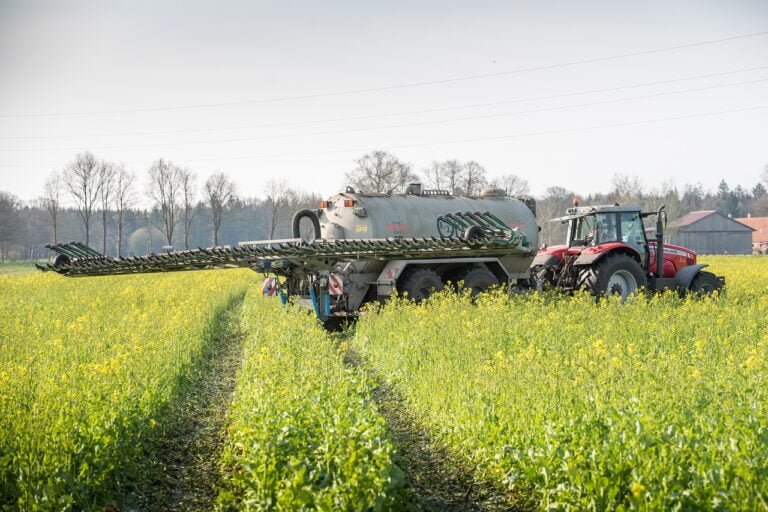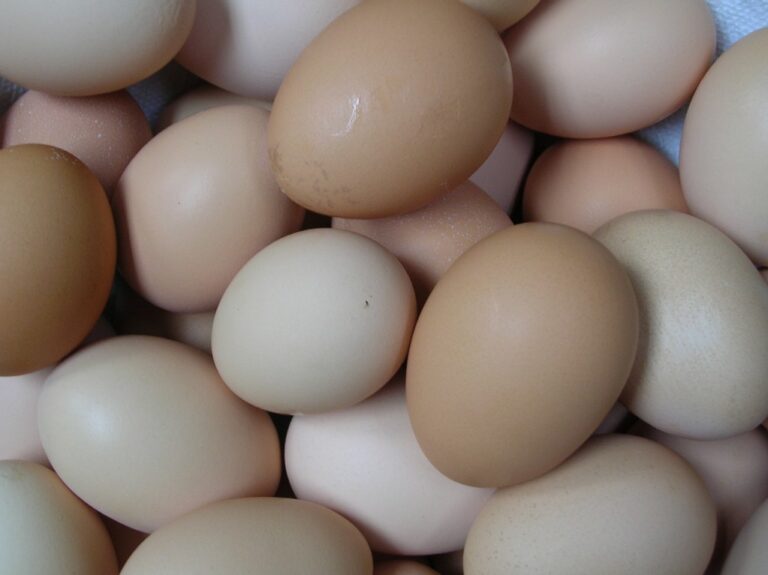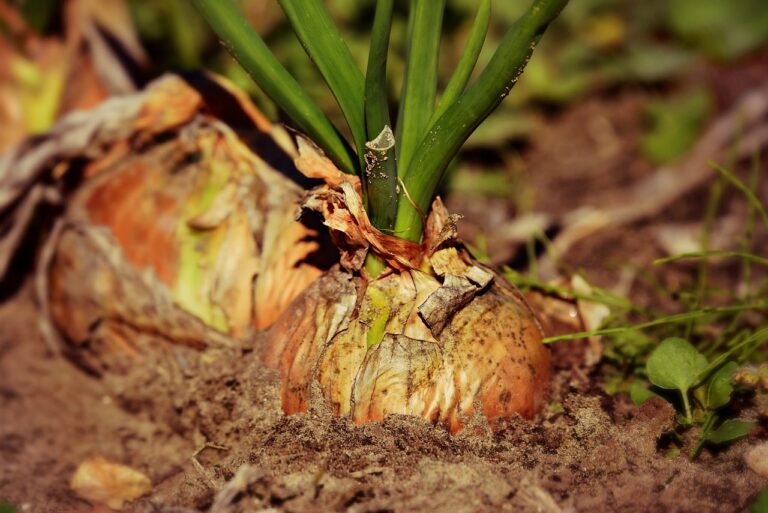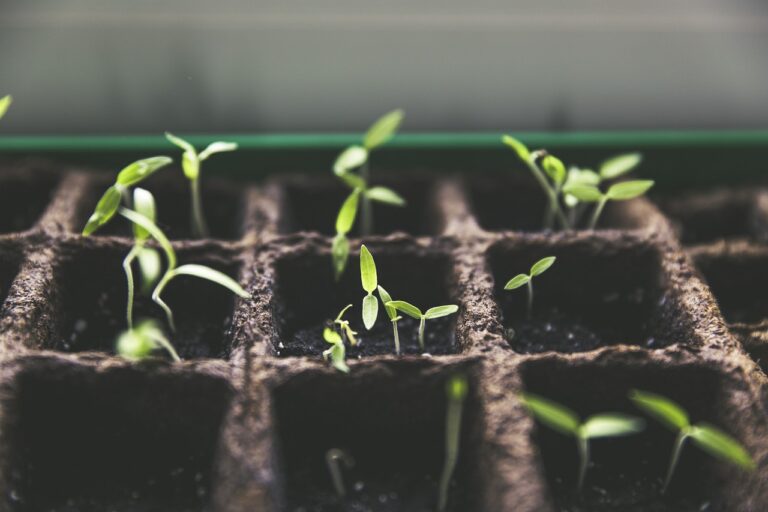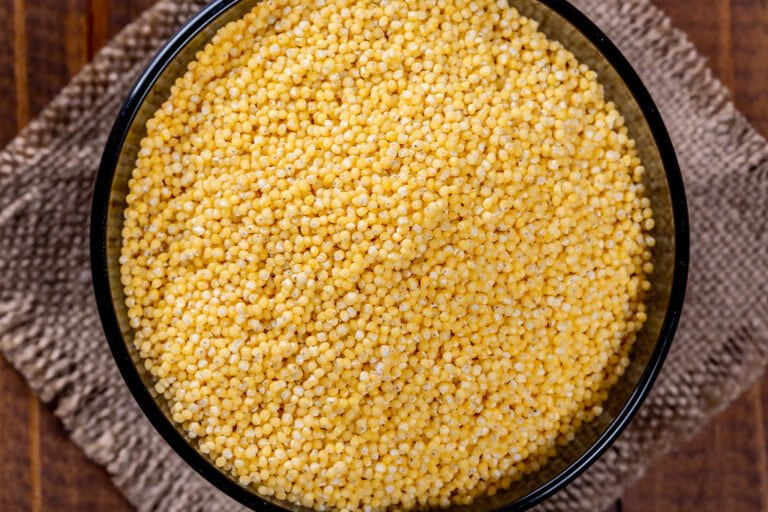How to Grow Grape Tomatoes
Are you ready to learn how to grow delicious grape tomatoes in your own backyard? With just a few simple steps, you can enjoy the sweet and juicy taste of these bite-sized treats all summer long. From choosing the right variety to providing adequate sunlight, this article will guide you through the process, ensuring that you have a bountiful harvest of grape tomatoes to enjoy. So grab your gardening gloves and let's get started!
Choosing the Right Variety
When choosing the right variety of grape tomatoes, consider the climate and growing conditions in your area. Different varieties have different temperature and humidity requirements, so it's important to choose one that will thrive in your specific environment. If you live in a cooler climate, look for varieties that are more cold-tolerant, such as 'Sun Gold' or 'Sweet 100'. On the other hand, if you live in a hot and humid region, opt for varieties that are resistant to diseases like blight and powdery mildew, such as 'Juliet' or 'Red Grape'. Additionally, think about the size and flavor you prefer. Some varieties produce smaller, sweeter fruits, while others have larger, more tart tomatoes. By considering these factors, you can select the perfect variety of grape tomatoes for your garden.
Preparing the Soil
To prepare the soil for growing grape tomatoes, you should start by assessing its quality and making any necessary amendments. Begin by checking the soil's drainage capability. Grape tomatoes thrive in well-drained soil, so if it retains water, you may need to improve drainage by adding organic matter like compost or peat moss. Next, test the soil's pH level using a soil testing kit. Grape tomatoes prefer slightly acidic soil with a pH between 6.0 and 6.8. If the pH is too high, you can lower it by adding elemental sulfur or acidic organic matter like pine needles. Conversely, if the pH is too low, you can raise it by incorporating lime. Finally, remove any weeds, rocks, or debris from the soil to ensure a clean and healthy environment for your grape tomato plants.
Starting the Seeds Indoors
Start by planting the grape tomato seeds indoors. This step is crucial in ensuring a successful and thriving tomato garden. First, gather your supplies: seed trays, seed-starting mix, and a spray bottle. Fill the trays with the seed-starting mix, leaving about a quarter-inch space at the top. Next, sow the seeds, placing them about half an inch apart. Gently press the seeds into the soil, ensuring good contact. Mist the soil with water from the spray bottle to keep it moist. Cover the trays with plastic wrap or a clear lid to create a greenhouse-like environment. Place the trays in a warm spot with indirect sunlight. After about 7 to 10 days, you should see tiny seedlings sprouting. Keep the soil consistently moist and provide adequate light to help them grow. Once the seedlings have grown to about 2 inches tall and have their first set of true leaves, they are ready to be transplanted outdoors.
Transplanting Seedlings
After the seedlings have grown to about 2 inches tall and have their first set of true leaves, you can now transplant them outdoors. Transplanting seedlings is an important step in the process of growing grape tomatoes, as it allows them to develop stronger roots and thrive in the outdoor environment. Here's a step-by-step guide to help you transplant your seedlings successfully:
- Choose a sunny location in your garden with well-drained soil.
- Prepare the soil by removing any weeds and loosening it with a garden fork.
- Dig a hole slightly larger than the root ball of your seedling.
- Gently remove the seedling from its container and place it in the hole, making sure the top of the root ball is level with the soil surface.
- Fill in the hole with soil and lightly press it down to secure the seedling.
- Water the newly transplanted seedling thoroughly to help it settle in.
Providing Adequate Sunlight
Once you have successfully transplanted your grape tomato seedlings, it is important to ensure that they receive adequate sunlight. Grape tomatoes thrive in full sun, so it's crucial to find a spot in your garden that receives at least 6 to 8 hours of direct sunlight each day. Choose a location with minimal shade and clear obstructions, such as tall trees or buildings, that may cast shadows on your plants. If you're growing grape tomatoes in containers, place them in an area where they can soak up the sun's rays. Remember to rotate your containers throughout the day to ensure even exposure to sunlight. By providing your grape tomato plants with ample sunlight, you'll promote healthy growth and increase your chances of a bountiful harvest.
Watering and Fertilizing
To ensure the healthy growth and productivity of your grape tomato plants, it is important to properly water and fertilize them. Watering is crucial for maintaining the right moisture levels in the soil. Begin by watering your plants deeply, ensuring that the water reaches the root zone. Avoid overwatering, as it can lead to root rot. Check the moisture level of the soil regularly and water when it feels dry to the touch. When it comes to fertilizing, grape tomatoes benefit from a balanced fertilizer high in nitrogen, phosphorus, and potassium. Apply the fertilizer according to the package instructions, typically every two weeks. Be careful not to over-fertilize, as it can result in excessive foliage growth instead of fruit production. By following these watering and fertilizing practices, you can help your grape tomatoes thrive and yield a bountiful harvest.
Pruning and Supporting the Plants
To maintain the health and productivity of your grape tomato plants, you should prune and support them. Pruning helps control the growth and shape of the plants, and it also improves air circulation and reduces the risk of disease. Start by removing any suckers that grow between the main stem and the branches. These suckers can divert energy from the main plant, so it's important to remove them. Additionally, you should remove any yellow or diseased leaves to prevent the spread of infection. Supporting your grape tomato plants is crucial to prevent them from bending or breaking under the weight of the fruit. Use stakes, cages, or trellises to provide support and keep the plants upright. Regularly check the supports and adjust them as needed to ensure the plants stay well-supported throughout the growing season.
Managing Pests and Diseases
To protect your grape tomato plants from pests and diseases, you need to take proactive measures. Here are some steps you can take to manage pests and diseases effectively:
- Regularly inspect your plants: Keep an eye out for any signs of pests or diseases, such as yellowing leaves, spots, or holes in the foliage.
- Remove affected plants or leaves: If you notice any signs of pests or diseases, promptly remove affected plants or leaves to prevent further spread.
- Practice crop rotation: Avoid planting tomatoes in the same spot year after year. Rotate your crops to prevent the buildup of pests and diseases in the soil.
- Use organic pest control methods: Consider using natural solutions like neem oil, insecticidal soap, or homemade sprays to deter pests without harming the environment.
- Provide adequate airflow and spacing: Properly spacing your plants and providing good airflow can help prevent the spread of diseases.
Harvesting and Storing the Tomatoes
Once your grape tomato plants have reached maturity, it's time for you to harvest and store the tomatoes. Follow these simple steps to ensure you enjoy the fruits of your labor for weeks to come.
- Timing is key: Harvest your grape tomatoes when they are fully ripe. Look for a deep red color and a slight softness when gently squeezed.
- Gentle picking: Carefully pluck the tomatoes from the vine, being mindful not to damage the plant or surrounding fruits.
- Cleaning: Rinse the tomatoes under cool water to remove any dirt or debris. Pat them dry gently with a clean towel.
- Storage options: Store the tomatoes in a single layer in a shallow container or a breathable bag. Avoid overcrowding to prevent bruising.
- Ideal conditions: Keep the tomatoes at room temperature away from direct sunlight. Avoid storing them in the refrigerator, as it can affect their flavor and texture.
Troubleshooting Common Issues
When experiencing common issues while growing grape tomatoes, you can troubleshoot them using these simple steps.
- Yellowing Leaves: If your grape tomato plant has yellowing leaves, it may be a sign of nutrient deficiency or overwatering. Check the soil moisture and adjust watering accordingly. Also, consider adding fertilizer to provide the necessary nutrients.
- Pests: Common pests that attack grape tomato plants include aphids and tomato hornworms. To combat these pests, use organic insecticides or handpick them off the plants. You can also introduce beneficial insects like ladybugs to help control the population.
- Blossom End Rot: This is a condition where the bottom of the tomato turns black and leathery. It is caused by calcium deficiency or inconsistent watering. To prevent blossom end rot, ensure consistent watering and add calcium-rich supplements to the soil.
- Cracking: Rapid growth or irregular watering can cause grape tomatoes to crack. To avoid this, water consistently and provide adequate support to prevent the weight of the fruits from causing them to split.
Conclusion
So, there you have it! Growing grape tomatoes is a rewarding and delicious endeavor. By choosing the right variety, preparing the soil, starting the seeds indoors, transplanting seedlings, providing adequate sunlight, pruning and supporting the plants, managing pests and diseases, and finally harvesting and storing the tomatoes, you can enjoy a bountiful yield of these tasty little fruits. Don't let any common issues discourage you – with a little troubleshooting, you'll be on your way to a successful grape tomato harvest in no time!


